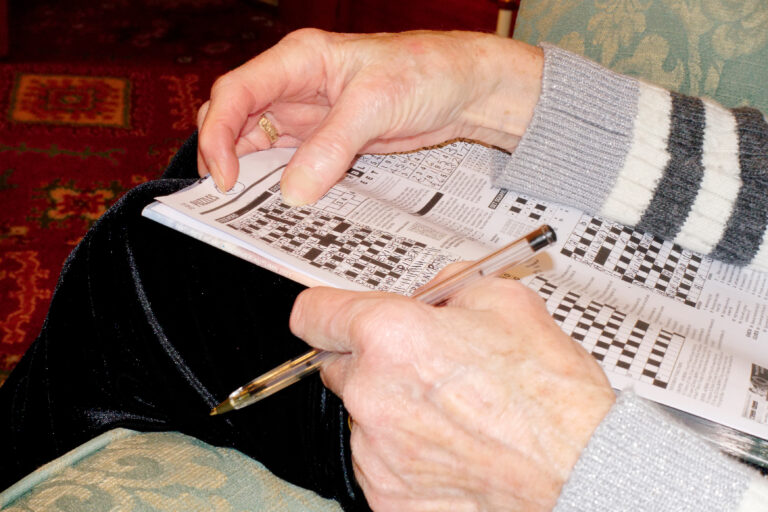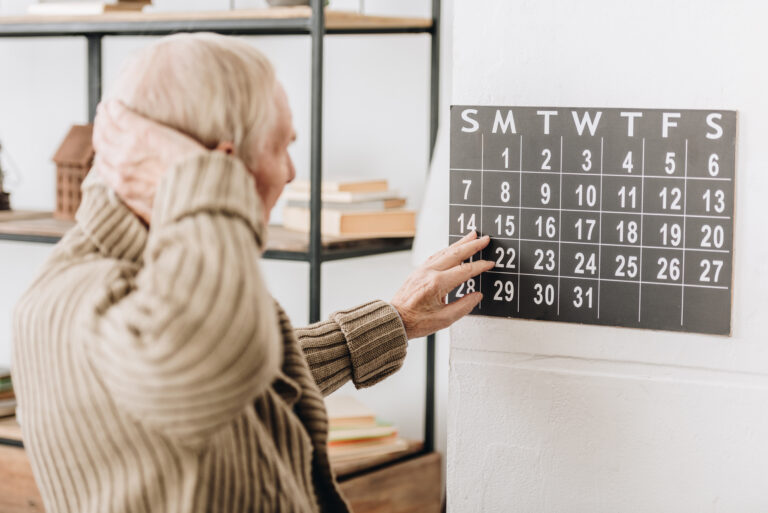Walking after meals is a topic that comes up often, especially for people looking to improve digestion, manage blood sugar, or just feel better after eating. But is it better to walk before or after meals? Let’s break down what science says, what the benefits are, and how you can make the best choice for your health.
## What Happens When You Walk After Eating?
Walking after a meal, even for just 10 to 15 minutes, has several proven health benefits. One of the biggest is improved digestion. A light walk helps your stomach and intestines move food along, which can prevent bloating, indigestion, and that heavy feeling you sometimes get after eating[1]. This happens because gentle movement stimulates peristalsis, the wave-like muscle contractions that push food through your digestive tract[4].
Another major benefit is blood sugar control. When you eat, especially foods high in carbohydrates, your blood sugar rises. Walking after eating helps your muscles take up glucose from your blood, which lowers blood sugar spikes[2][4]. This is especially important for people with diabetes or those at risk, but it’s helpful for everyone. Research shows that even a 10-minute walk after a meal can significantly reduce blood sugar levels, and there’s not much difference between a 10-minute and a 30-minute walk in terms of this effect[2]. Walking after dinner may be especially effective because people often eat more carbs and sit more in the evening[2].
Walking after meals can also help with weight management. It burns some extra calories and may help prevent fat accumulation from late-night eating[1]. Over time, this can support gradual weight loss and a healthier metabolism[1].
There are mental health benefits too. A short walk after eating can help you unwind, reduce stress, and improve your mood by releasing endorphins, the body’s natural feel-good chemicals[1]. It can also help you sleep better by relaxing your body and calming your mind before bedtime[1].
Heart health gets a boost as well. Regular post-meal walks improve blood circulation, help lower cholesterol, and can keep blood pressure in check, all of which are good for your heart[1].
## What About Walking Before Meals?
Walking before meals is a different story. There’s less research specifically on the benefits of walking right before eating, but we do know some general things about exercise and appetite. Some people find that a brisk walk before a meal can help control appetite, making it easier to eat reasonable portions. Exercise in general can improve insulin sensitivity over time, which is good for blood sugar control, but the immediate effect on post-meal blood sugar is stronger when you walk after eating[2][4].
Walking before meals might be more about preparing your body for digestion or managing hunger, rather than directly affecting how your body processes the meal you’re about to eat. If your goal is better digestion or blood sugar control after eating, the evidence strongly supports walking after your meal[1][2][4].
## How Long and How Intense Should the Walk Be?
You don’t need to go for a long or intense walk to get these benefits. Studies show that even 10 to 15 minutes of gentle walking is enough to help with digestion and blood sugar[1][2][3]. There’s no need to push yourself to the point of sweating or breathing hard—a relaxed, comfortable pace is perfect. If you feel good, you can walk longer, but even a short stroll is effective[4].
## Are There Any Downsides?
For most people, walking after meals is safe and beneficial. However, if you have certain medical conditions, like severe gastroparesis (where the stomach empties slowly), or if you feel unwell when you walk after eating, it’s best to talk to your doctor. Always listen to your body and stop if you feel dizzy, nauseous, or uncomfortable[4].
## Practical Tips for Walking After Meals
Making a post-meal walk a habit is easier than you might think. Here are some simple ways to get started:
– Start small: Aim for 10 minutes after your biggest meal of the day, usually dinner[2].
– Make it enjoyable: Walk with a family member, listen to music, or enjoy the outdoors.
– Be consistent: Try to make it a daily habit. Consistency is key for long-term benefits.
– Don’t overthink it: You don’t need special clothes or equipment. Just get up and move.
## Walking Before vs. After: Which Is Better?
If your main goals are better digestion, lower blood sugar after eating, and feeling lighter after meals, walking after eating is backed by more evidence and is generally more effective[1][2][4]. Walking before meals might help with appetite control and general fitness, but for the specific benefits related to meal digestion and blood sugar, after is the way to go.
## The Bottom Line
Walking after meals is a simple, low-effort habit with big health rewards. It helps your body digest food, keeps blood sugar in check, supports heart health, aids weight management, and can even boost your mood and help you sleep better[1][2][3]. You don’t need to walk far or fast—just a gentle 10 to 15 minutes is enough. If you’re looking for an easy way to feel better and stay healthier, try taking a short walk after your next meal.
[1] The Economic Times
[2] Parade
[3] Calm Blog
[4] Tom’s Guide





